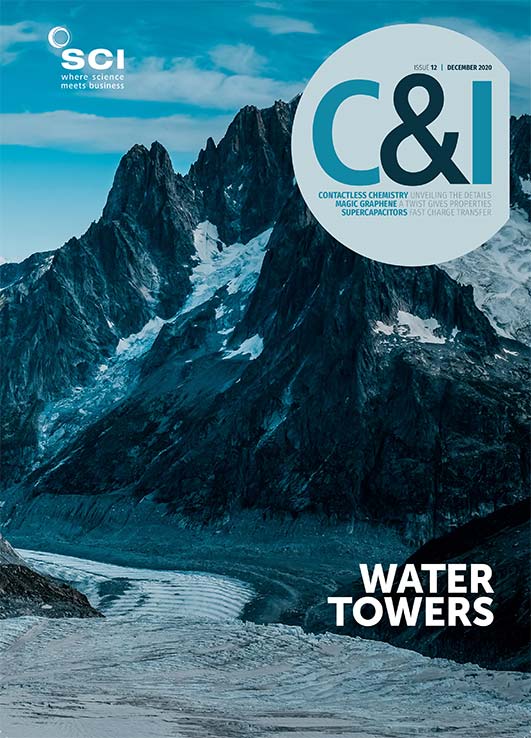Neil Eisberg, Editor
Energy has not escaped the impact of the Covid-19 pandemic in 2020. The International Energy Agency (IEA) has described it as ‘a tumultuous year for the global energy system. The crisis has caused more disruption than any other event in recent history, leaving lasting scars for years to come.
‘But whether this upheaval ultimately helps or hinders efforts to accelerate clean energy transitions and reach international energy and climate goals will depend on how governments respond to today’s challenges.’
In its latest report: World Energy Outlook 2020, the IEA has looked at ‘the pivotal periods of the next 10 years’, exploring different pathways out of the crisis. According to its analysis, global energy demand is set to drop by 5% in 2020, while energy-related CO2 emissions are forecast to fall by 7% and energy investment is expected to drop by 18%.
The IEA has looked at four scenarios as to how the next few years will pan out. First up is the Stated Policies pathway , which reflects currently announced policy intentions and targets. Here global energy demand rebounds to its pre-crisis level in early 2023.
This recovery could be delayed to 2025 if the pandemic is prolonged and there is a deeper economic slump. This is the Delayed Recovery scenario, in which slower demand growth lowers the outlook for oil and gas prices; however, large falls in investment would increase the risk of future market volatility.
The IEA emphasises that renewable energy plays a major role in all its scenarios and, in particular, solar has a starring role (see Green hydrogen exports, p17). As IEA points out, solar PV is now consistently cheaper than new coal- or gas-fired power stations in most countries. Solar projects now offer some of the lowest cost electricity ever seen. In the Stated Policies scenario, for example, renewables meet 80% of global electricity demand growth over the next decade. Although hydroelectric power remains the largest renewable source, solar is the main source of growth, followed by wind.
‘I see solar becoming the new king of the world’s electricity markets. Based on today’s policy settings, it is on track to set new records for deployment every year after 2022,’ said Fatih Birol, IEA Executive Director. ‘If governments and investors step up their clean energy efforts in line with our Sustainable Development scenario, the growth of both solar and wind would be even more spectacular and hugely encouraging for overcoming the world’s climate challenge.’
This boom in renewables will also need to be paired with ‘robust investment in electricity grids’, according to the IEA. ‘Without enough investment, grids will prove to be a weak link in the transformation of the power sector, with implications for the reliability and security of electricity supply.’
As for fossil fuels, the IEA believes they will face ‘varying’ challenges, with coal’s share in the 2020 energy mix falling below 20%, while demand for natural gas ‘grows significantly mainly in Asia, however, oil remains vulnerable to the major uncertainties resulting from the pandemic’.
As Birol notes: ‘The era of global oil demand growth will come to an end in the next decade. But without a large shift in government policies, there is no sign of a rapid decline. Based on today’s policy settings, a global economic rebound would push oil demand back to pre-crisis levels.’
The other side of the coin relates to global emissions, which the IEA expects to return more slowly than after the financial crisis of 2008-9. The IEA does acknowledge, however, that the world is still a long way from a sustainable recovery: ‘A step-change in clean energy investment offers a way to boost economic growth, create jobs and reduce emissions. This approach has not yet featured prominently in plans proposed to date, except in the UK, the EU, Canada, Korea, New Zealand and a handful of other countries.’
A full implementation of the IEA’s Sustainable Development plan ‘moves the global energy economy onto a different post-crisis path’. In addition to rapid growth of other renewables, the next ten years would see a major scaling up of hydrogen and carbon capture, utilisation and storage, and new momentum behind nuclear power.
The successful adoption of this plan would focus on countries and companies hitting their announced net-zero emissions targets in time and in full, with the result the whole world would achieve net-zero by 2070.
To achieve the net-zero target by 2050, as set out by the UK and others, the IEA says a set of ‘dramatic additional actions’ would be required over the next decade. ‘Bringing about a 40% reduction in emissions by 2030 requires, for example, that low-emissions sources provide nearly 75% of global electricity generation in 2030, up from less than 40% in 2019. In addition, more than 50% of passenger cars sold worldwide will have to be electric, up from 2.5% in 2019.





